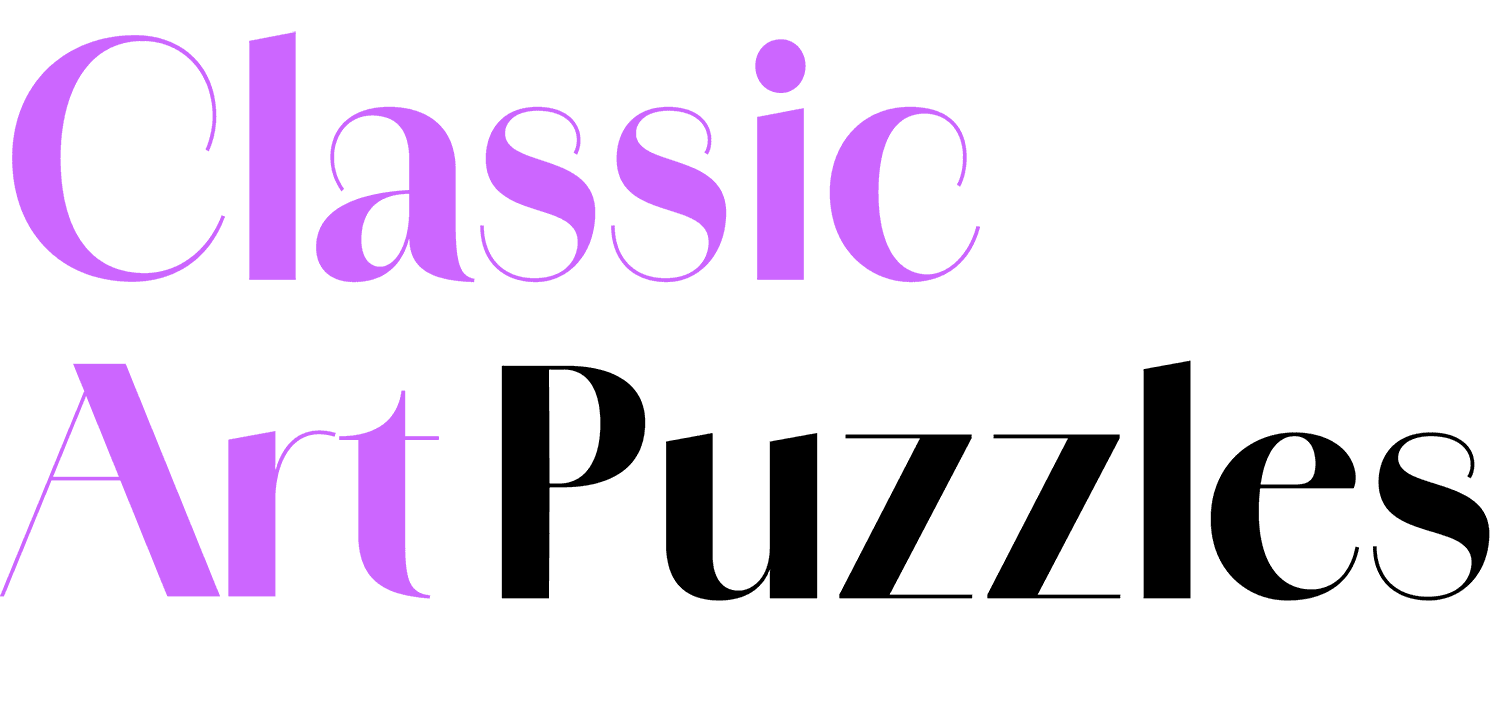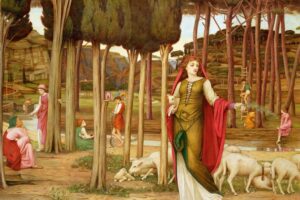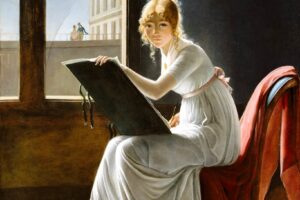Imagine being at a lively theater, just as actors step onto the stage—colorful costumes shimmering, instruments playing, and excitement in the air. That’s the vivid scene Jean Antoine Watteau captures in his painting, The Italian Comedians, created in 1720. Watteau, a renowned French artist famous for his playful, theatrical, and romantic style, loved to portray moments full of life and charm.
The Joy of Theater
In this charming artwork, Watteau shows us a lively group of actors from the Italian commedia dell’arte, a form of theater known for improvisation, humor, and expressive characters. They gather together, ready to entertain their audience. The actors are shown in dynamic and playful poses, hinting at the drama and comedy to come.
Costumes and Characters
Without describing each character individually, Watteau captures the energy and excitement of this theatrical group through their vibrant costumes and expressive gestures. We see performers dressed as well-known comedic and dramatic characters, including the playful Harlequin, elegant lovers, humorous clowns, and the thoughtful Pierrot, standing proudly in his distinctive white suit. Each figure brings a sense of lively humor and theatrical flair to the painting.
A Sense of Anticipation
Watteau skillfully portrays a feeling of anticipation and excitement, as if we’ve just arrived at the very moment before the actors begin their performance. Behind them, a theatrical backdrop and rich, velvet curtains suggest we are looking directly onto the stage, enhancing the sense of drama and immediacy. Soft lighting, vibrant colors, and flowing movements bring this playful scene to life.
Theater and Life
The Italian Comedians warmly celebrates the joy of theater, creativity, and the excitement of live performance. Watteau’s gentle and skillful brushwork, combined with his talent for capturing emotions and gestures, invites us into this delightful world. It reminds us of the timeless charm of actors, storytelling, and the shared joy of laughter and entertainment.
Through this lively painting, Watteau warmly invites us to enjoy a moment of humor, art, and beauty, just as audiences have for centuries.
About Artist

Jean-Antoine Watteau (1684–1721) was a French painter who is considered the founder of the Rococo movement in France. Despite a short career—he died at the age of 36—Watteau’s art marked a pivotal shift from the formal, grand style of the Baroque under King Louis XIV to a lighter, more intimate, and graceful aesthetic. He is credited with creating a new genre of painting known as the fête galante, which depicted elegant figures in bucolic, idyllic outdoor settings, often with an air of romantic charm and underlying melancholy.
Artistic Style and Legacy
Watteau’s paintings are known for their blend of reality and theatrical fantasy. He was deeply influenced by the Italian commedia dell’arte (a form of improvised theater) and the works of Rubens and the Venetian masters. His style is characterized by:
- Poetic and Dreamlike Atmosphere: His scenes are not straightforward depictions of parties but are infused with a wistful, almost melancholic mood.
- Luminous Color and Loose Brushwork: He used a delicate, shimmering palette and a light, fluid technique that gives his figures a sense of life and movement.
- Psychological Depth: Despite their seemingly lighthearted subjects, his paintings often explore themes of love, desire, and the fleeting nature of human pleasure.
Watteau’s influence was immense and long-lasting, setting the stage for the works of later Rococo masters like Boucher and Fragonard, who built upon his innovations.
Artwork Profile
- The Italian Comedians (c. 1720): This painting is a masterpiece that encapsulates many of Watteau’s key themes. It features a cast of actors from the commedia dell’arte, with the central figure, Pierrot, standing alone and pensive, even while his fellow actors interact playfully. The theatrical setting and the subtle emotional ambiguity make it a profoundly complex and engaging work.
- The Embarkation for Cythera (1717): This is one of Watteau’s most famous paintings. It was his reception piece for the French Academy. It depicts a group of pilgrims, adorned in elegant silks, either departing for or returning from the mythical island of love. The painting is a perfect example of the fête galante genre and is celebrated for its lush landscape and lyrical, dreamlike quality.
- Gilles (c. 1718-1719): This is a portrait of the famous Pierrot character from the commedia dell’arte. The painting is known for its solemnity; Pierrot stands isolated and vulnerable, an enigmatic and slightly sad figure that reveals a deeper psychological complexity beneath the theatrical facade.



